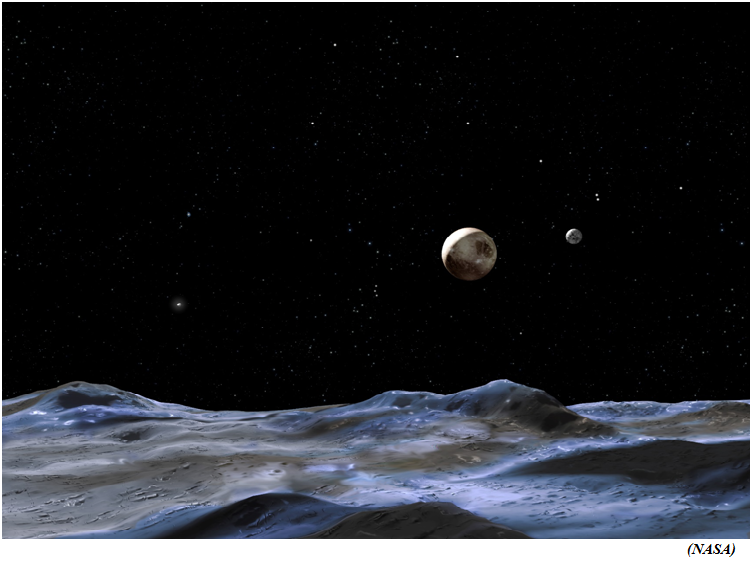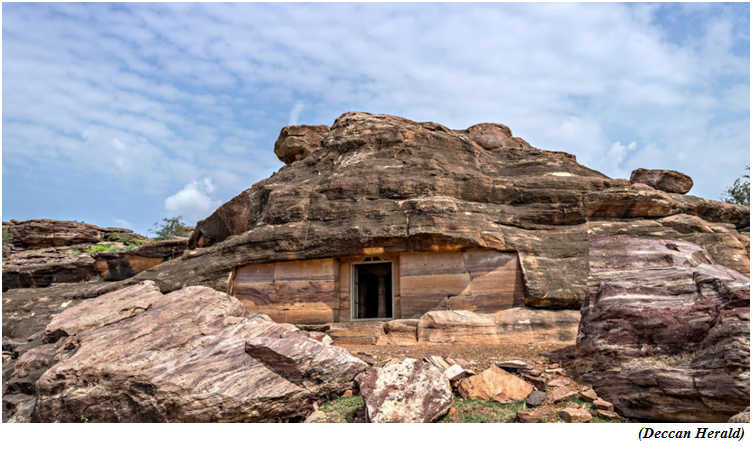PM inaugurates 14th edition of Aero India 2023 in Bengaluru (GS Paper 3, Defence)

Why in news?
- Recently, the Prime Minister inaugurated the 14th edition of Aero India 2023 at Air Force Station, Yelahanka in Bengaluru.
Details:
- The theme of Aero India 2023 is “The Runway to a Billion Opportunities'.
- It will witness participation by more than 80 countries along with 800 defence companies including around 100 foreign and 700 Indian companies.
Key Highlights:
- In line with the Prime Minister’s vision of ‘Make in India, Make for the World’, the event will focus on displaying indigenous equipment/technologies and forging partnerships with foreign companies.
- Prime Minister’s emphasis on Aatmanirbharta in the Indian Defence sector will also be displayed, as the event will showcase the country’s progress in design leadership, growth in UAVs Sector, Defence Space and futuristic technologies.
- Further, the event will promote the export of indigenous air platforms like Light Combat Aircraft (LCA)-Tejas, HTT-40, Dornier Light Utility Helicopter (LUH), Light Combat Helicopter (LCH) and Advanced Light Helicopter (ALH).
- The event will also help in integrating domestic MSMEs and start-ups in the global supply chain and attract foreign investments including partnerships for co-development and co-production.
Way Forward:
- The Prime Minister called upon the private sector to invest in the defence sector which will create new opportunities for them in India and in many other countries.
There could be an ocean at the edge of our Solar System on Pluto's moon
(GS Paper 3, Science and Tech)
Why in news?
- Recently, researchers have estimated that there could be an ocean under the surface of Charon, a moon at the edge of the Solar System.
- Charon is part of the Pluto system, which was discarded as a planet over a decade ago.

Details:
- The New Horizons spacecraft encountered the Pluto-Charon system in 2015 and analysis of data has now revealed that there are geologically active objects instead of the inert icy orbs previously envisioned.
- The team from Southwest Research Institute tried to understand the source of cryovolcanic flows and belt of fractures on Pluto’s large moon Charon.
Key observations:
- What they found was that the cracks may have been caused by the subsurface frozen ocean, which is bursting through.
- The new model suggests that when the moon’s internal ocean froze, it may have formed deep, elongated depressions along its girth. However, it was less likely to lead to cryovolcanoes erupting with ice, water, and other materials in its northern hemisphere.
- The study states that a combination of geological interpretations and thermal-orbital evolution models implies that Pluto's large moon, Charon, had subsurface water and possibly an ammonia ocean that eventually froze.
How the ocean beneath Charon froze?
- They modeled how fractures formed in Charon’s ice shell as the ocean beneath it froze. They modeled oceans of water, ammonia, or a mixture of the two based on questions about the makeup.
- When fractures penetrate the entire ice shell and tap the subsurface ocean, the liquid, pressurized by the increase in the volume of the newly frozen ice, can be pushed through the fractures to erupt onto the surface.
- Either Charon’s ice shell was less than 6 miles (10 km) thick when the flows occurred, as opposed to the more than 60 miles or 100 km indicated, or the surface was not in direct communication with the ocean as part of the eruptive process.
- If Charon’s ice shell had been thin enough to be fully cracked, it would imply substantially more ocean freezing than is indicated by the canyons identified on Charon’s encounter hemisphere.
Way Forward:
- Ocean freezing also predicts a sequence of geologic activity, in which ocean-sourced cryovolcanism ceases before strain-created tectonism and a more detailed analysis of Charon’s geologic record could help determine whether such a scenario is viable.
Geo-sciences community calls for broad panel of experts to power heritage Bill
(GS Paper 1, Culture)
Why in news?
- A draft Bill, aimed at protecting India’s geological heritage has raised alarm in India’s geo-sciences and palaeontology community.

Details:
- The Draft Geo-heritage Sites and Geo-relics (Preservation and Maintenance) Bill, 2022, while deemed necessary by several researchers, vests powers entirely in the Geological Survey of India (GSI), a 170-year-old organisation that comes under the Ministry of Mines.
- Provisions of the Bill give it the power to declare sites as having ‘geo-heritage’ value, take possession of relics (fossils, rocks) that rest in private hands, prohibit construction 100 metres around such a site, penalise with fines up to ₹5 lakh and possibly imprisonment; vandalism, defacement, and violations of directives of a site by the Director General of GSI.
- Other than protecting places of geological interest, the need for a law that specifically protects sites of geo-heritage value follows from India being a signatory to the UNESCO Convention concerning the Protection of the World Cultural and Natural Heritage, since 1972.
Concerns:
- The scientists alleged that the bill was prepared without consulting them and was completely different from what they had proposed in 2019 to the Prime Minister’s Office after a national level consultation of experts on the need to preserve geo-heritage sites, many of which are also rich in fossils.
- Rather than have all authority in the Director General, GSI, there needs to be a broader committee of experts from a wider range of institutions. This would mean that the interests and difficulties faced by researchers, who actually work in the field, are kept in mind.
What are Geoheritage sites?
- Geoheritage sites are sites of rare and unique geological, geo-morphological, mineralogical, petrological, and paleontological significance including caves, natural rock-sculptures of national and international interest.
- Geo-relics are any relic or material of geological significance, sediments rocks, minerals, meteorites or fossils.
- The dinosaur remains of Madhya Pradesh and Gujarat, marine fossils of Kutch and Spiti, wood fossils of Gondwana, oldest life forms oldest life forms (stromatolites) of Rajasthan and Madhya Pradesh and vertebrate fossils of Siwaliks are some of such geoheritage sites.
Limitations:




